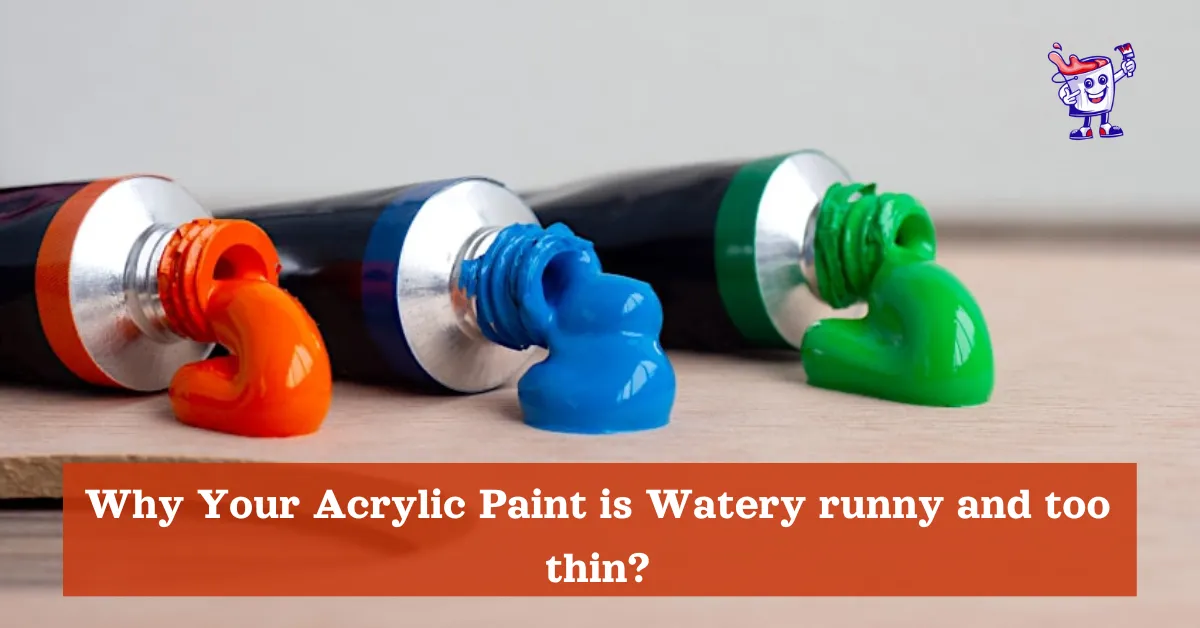Have you ever eagerly prepared to start a new art project, only to find that your Acrylic Paint is Watery runny and too thin? This frustrating experience can quickly turn a creative endeavor into a messy disaster.
Let’s find the reasons behind why acrylic paint may exhibit these undesirable qualities, uncovering the science behind its consistency and exploring practical solutions to help you achieve the vibrant, rich results you desire.
10 Main Reasons Your Acrylic Paint is Watery runny and too thin
Understanding these 10 main reasons why your Acrylic Paint is Watery runny and too thin will empower you to take proactive steps towards improving your painting experience and achieving desired results.
Quality of the paint
One of the main reasons your acrylic paint may appear watery is due to the quality of the paint itself. Lower quality paints tend to have a higher water content, resulting in a thin and runny consistency. Investing in high-quality acrylic paint with a thicker, more pigmented formula can significantly improve the opacity and consistency of your artwork.
Incorrect mixing ratios
Another common reason for watery acrylic paint is an incorrect mixing ratio. Adding too much water or medium to your acrylic paint can dilute the pigment and cause it to become overly fluid. It’s crucial to follow manufacturer guidelines and experiment with different mixing ratios to achieve the desired viscosity for your painting techniques.

Environmental factors
Environmental conditions, such as humidity and temperature, can also play a role in causing acrylic paint to become watery. High humidity levels can lead to increased moisture absorption by the paint, while extreme temperatures may affect its consistency.
Improper Storage
Another common reason for watery acrylic paint is improper storage. Acrylic paint that has been stored on shelves for a long time may have separated, with the pigment settling at the bottom and water rising to the top. This separation can result in a watery texture when the paint is used without proper mixing. It’s important to thoroughly shake or stir older acrylic paint before use to ensure a smooth, consistent texture.
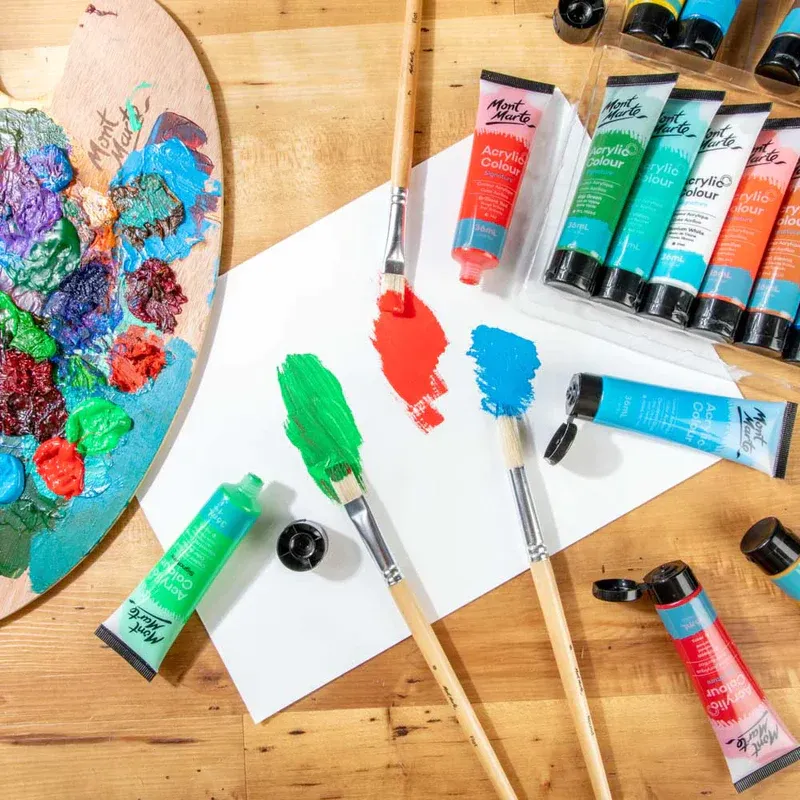
Over-thinning of Acrylic Paint
Another factor that can contribute to watery acrylic paint is over-thinning. While it’s common practice to add water or mediums to thin out acrylic paints for certain techniques, such as glazing or washes, it’s crucial not to overdo it. Adding too much water or acrylic paint thiner can dilute the pigment and cause the paint to become excessively watery, leading to difficulties in achieving desired opacity and vibrancy in your artwork.
Water-based polymer emulsions
In addition, some artists may not be aware that acrylic paints are made of water-based polymer emulsions rather than just traditional pigment and binder. This composition makes them more susceptible to becoming watery if exposed to excessive moisture or humidity. Proper storage in a dry environment can help prevent this issue and maintain the ideal consistency of your acrylic paints.
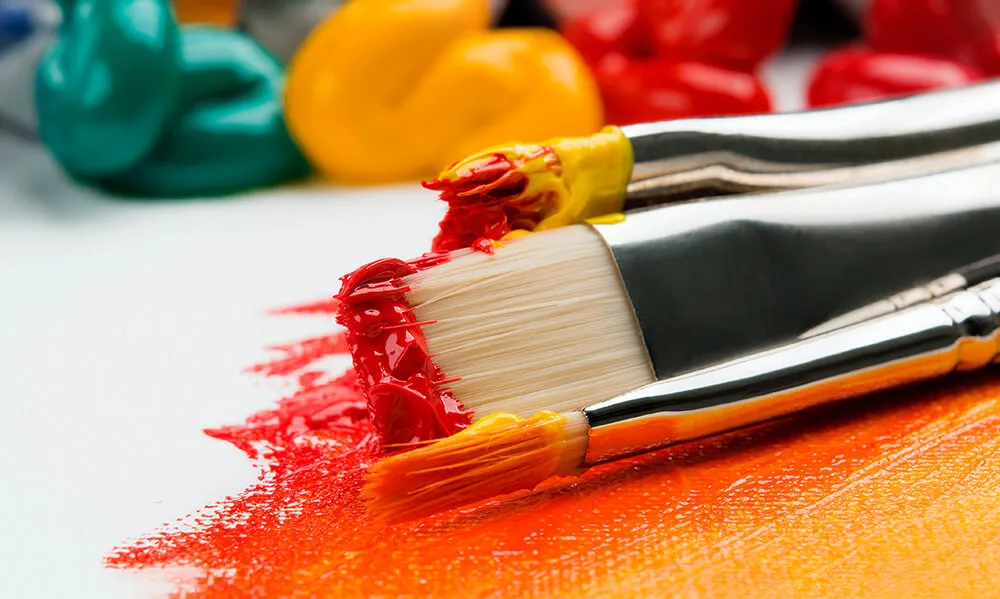
Cold temperature
One of the main reasons your Acrylic Paint is Watery runny and too thin is cold temperature. When exposed to low temperatures, the viscosity of acrylic paint decreases, causing it to become more watery. This can happen if the paint has been stored in a chilly environment or if you are trying to work with it in a cold room. To avoid this issue, try warming up your paint before use by placing it in a warmer room or using a heat gun to gently warm the container.
Exposure to Air makes Acrylic Paint is Watery runny and too thin
Another reason for watery acrylic paint could be exposure to air. If you leave the paint lid off while working on a piece, or if you store your paints without sealing them properly, they can become diluted and lose their intended consistency. The evaporation of water from the paint can lead to its thinning out over time.
Tip: Always ensure that your acrylic paint containers are sealed tightly when not in use.
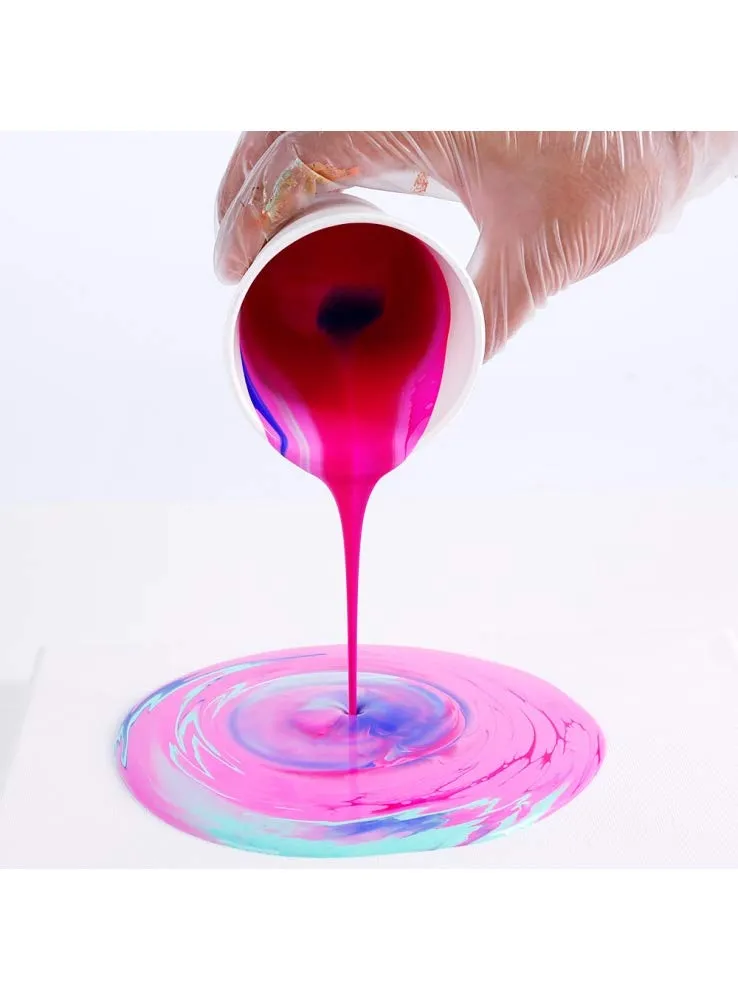
Inadequate surface preparation
Another mistake is inadequate surface preparation. Using acrylic paint on an unprimed or improperly prepared surface can cause it to appear watery and runny. The surface may absorb the pigment unevenly, leading to a patchy and diluted appearance. Taking the time to properly prime and prepare your painting surface can significantly impact the way your acrylic paint behaves, helping it maintain its intended consistency and color intensity.
Poor Quality Brushes or Tools
Furthermore, using poor quality brushes or tools can also contribute to watery and runny acrylic paint. Low-quality brushes may not hold enough pigment or fail to apply the paint evenly, resulting in a streaky and diluted look. Investing in high-quality brushes and tools designed for acrylic painting can make a significant difference in achieving the desired texture and coverage without resorting to excessive thinning.
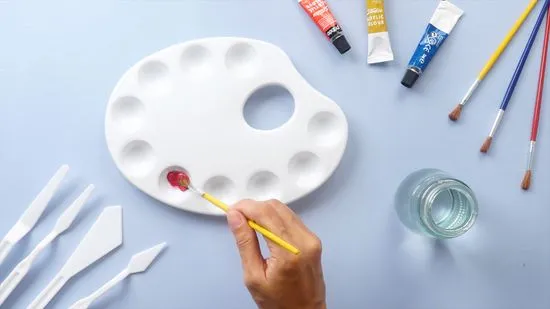
Tips for achieving the desired paint consistency
Achieving the perfect paint consistency is a crucial yet often overlooked aspect of painting.
Always make sure to mix your paints thoroughly before beginning any project. This will help ensure that the pigments and binders are well blended, resulting in a smooth, uniform color application.
Consider using a palette knife or paint stirrer to achieve the desired consistency, as this will allow you to control the amount of paint and medium used more accurately.
Experimenting with different ratios of paint to medium can provide valuable insight into achieving the ideal consistency for your specific painting technique.
Additionally, don’t be afraid to add small amounts of water or solvent to adjust the viscosity of your paint mixture as needed.
This level of precision ensures that your paints flow evenly and smoothly on the canvas, ultimately enhancing the overall quality and visual appeal of your artwork.
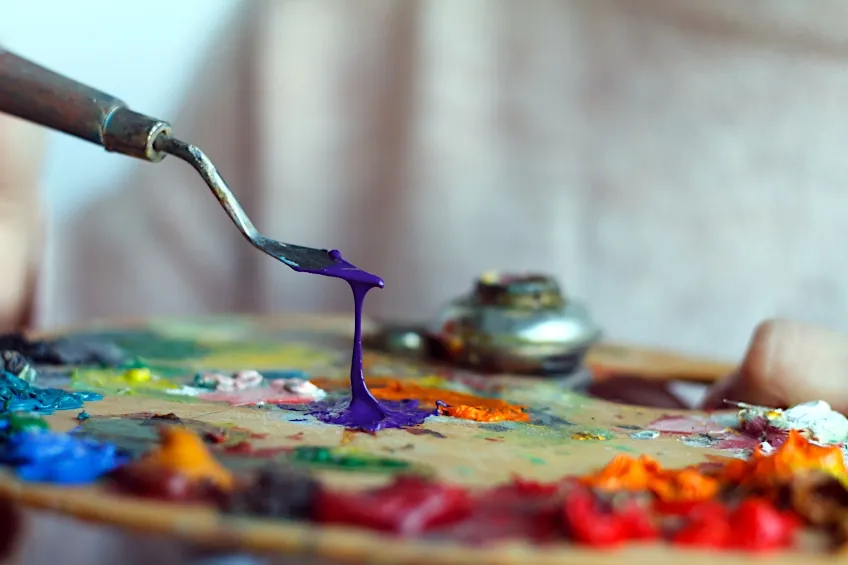
Final Thoughts
Acrylic Paint is Watery runny and too thin consistency can be attributed to a variety of factors. These can include the quality of the paint, improper mixing techniques, or environmental conditions such as high humidity. Understanding these factors is crucial in order to effectively address and remedy the issue.
By taking measures such as using higher-quality paint, adjusting painting techniques, or controlling the painting environment, artists can achieve the desired consistency and work with acrylic paint more effectively.

